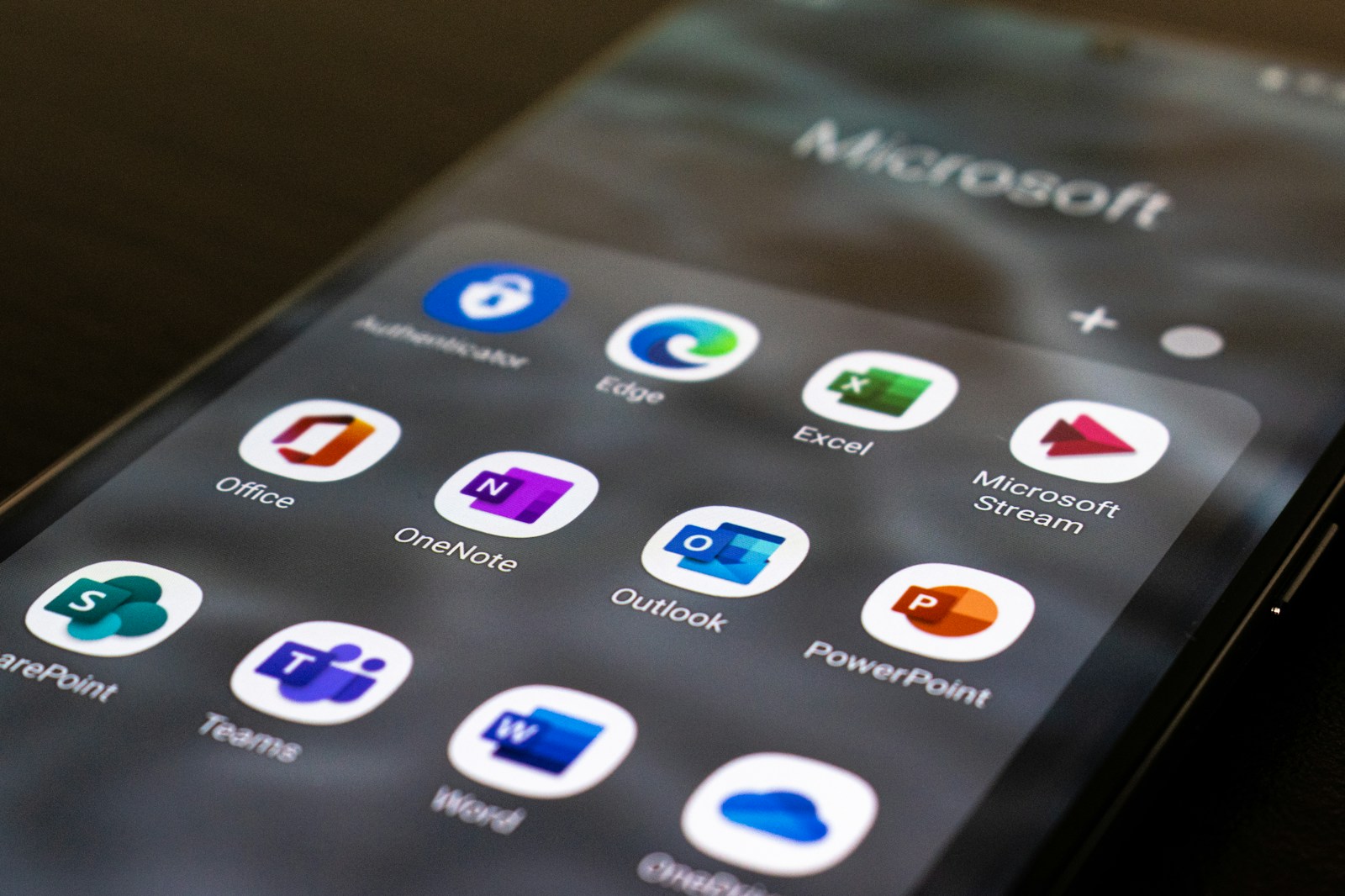
Microsoft AI Cloud
Introduction
In a monumental leap forward for the field of artificial intelligence (AI) and cloud computing, Microsoft has revealed its latest innovation: custom AI and cloud chips. These cutting-edge chips dubbed the Microsoft Silicon and the Microsoft Azure AI Processor, are poised to redefine the landscape of AI applications, offering unparalleled performance and efficiency.
Microsoft AI
Let’s delve deeper into this groundbreaking announcement and explore how these chips are set to revolutionize the world of cloud computing.
Custom AI and Cloud Chips
Microsoft’s unveiling of custom AI and cloud chips represents a pivotal moment in the evolution of cloud computing technology. With the exponential growth of AI applications across various industries, there has been an increasing demand for hardware solutions that can deliver superior performance and efficiency.
Recognizing this need, Microsoft has developed two innovative chips that are specifically tailored to meet the demands of AI workloads: the Microsoft Silicon and the Microsoft Azure AI Processor.
Microsoft Silicon and Microsoft Azure AI Processor
The Microsoft Silicon stands as a testament to the company’s commitment to innovation. This custom-built CPU is meticulously optimized for AI workloads, boasting a revolutionary architecture designed to enhance both performance and efficiency.
Packed with a myriad of cutting-edge features tailored for AI applications, Microsoft Silicon promises to usher in a new era of computing excellence.
On the other hand, the Microsoft Azure AI Processor represents a paradigm shift in GPU technology. Engineered with AI workloads in mind, this custom-built GPU harnesses the power of innovative architecture to deliver unparalleled performance and efficiency.
With its array of advanced features tailored for AI applications, the Microsoft Azure AI Processor is poised to set a new standard for GPU performance in the realm of cloud computing.
Empowering Organizations with Microsoft AI Cloud
At the heart of Microsoft’s AI and cloud computing ecosystem lies Microsoft AI Cloud. This comprehensive suite of cloud-based services empowers organizations to build, deploy, and manage AI applications with unparalleled ease and efficiency.
From machine learning and natural language processing to computer vision and speech recognition, Microsoft AI Cloud provides a robust platform for driving innovation and transforming businesses across various domains.
Unlocking the Potential of Microsoft AI Cloud
The versatility of Microsoft AI Cloud extends far beyond mere convenience—it unlocks a myriad of possibilities for organizations seeking to harness the power of AI.
Whether it’s predictive maintenance, fraud detection, customer service chatbots, personalized marketing, or medical diagnosis, Microsoft AI Cloud offers a myriad of tools and services to address diverse business needs.
Use Cases and Benefits of Harnessing the Power of Microsoft AI Cloud
Microsoft AI Cloud offers a multitude of use cases, ranging from developing and deploying AI models to integrating them with existing applications and scaling them to handle large datasets.
The platform’s benefits are equally compelling, including a wide range of AI services and tools, scalability, reliability, a global network of data centres, robust security infrastructure, and expert support.
Navigating the Path to Success with Microsoft AI Cloud
Getting started with Microsoft AI Cloud is a straightforward process. Users can sign up for a free trial of Microsoft Azure, create a new resource group, install essential tools like Azure CLI or Azure PowerShell module, Microsoft Cognitive Services SDK, create an Azure Machine Learning workspace, Azure Kubernetes Service (AKS) cluster, and deploy AI models to the AKS cluster.
Empowering Users with Resources and Support
To facilitate the adoption of Microsoft AI Cloud, a wealth of resources is readily available. From the Microsoft Cloud website and documentation to tutorials and support services, users have access to comprehensive guidance every step of the way.
Additionally, the Microsoft AI Community website serves as a hub for additional resources and community engagement, further enriching the user experience.
Conclusion
In conclusion, Microsoft’s unveiling of custom AI and cloud chips marks a monumental milestone in the realm of cloud computing and artificial intelligence.
With these groundbreaking innovations, Microsoft reaffirms its commitment to driving technological advancement and empowering organizations worldwide. As we embark on this transformative journey, one thing is clear: the future of cloud computing has never looked brighter.
Some Frequently Asked Questions and Their Answers
Does Azure OpenAI use my company data to train any of the models?
Azure OpenAI doesn’t use customer data to retrain models.
Does Azure OpenAI work with the latest Python library released by OpenAI (version>=1.0)?
Azure OpenAI is supported by the latest release of the OpenAI Python library (version>=1.0). However, migration of your codebase using
openai migrateis not supported and will not work with code that targets Azure OpenAI.Does Azure OpenAI support GPT-4?
Azure OpenAI supports the latest GPT-4 models. It supports both GPT-4 and GPT-4-32K.
How do the capabilities of Azure OpenAI compare to OpenAI?
Azure OpenAI Service gives customers advanced language AI with OpenAI GPT-3, Codex, and DALL-E models with the security and enterprise promise of Azure. Azure OpenAI co-develops the APIs with OpenAI, ensuring compatibility and a smooth transition from one to the other.
References
- learn.microsoft.com: Azure OpenAI doesn’t use customer data to retrain models…
- learn.microsoft.com: Azure OpenAI is supported by the latest release of the OpenAI Python library…
- learn.microsoft.com: Azure OpenAI supports the latest GPT-4 models. It supports both GPT-4 and…
- learn.microsoft.com: Azure OpenAI Service gives customers advanced language AI with OpenAI…
Other Interesting Articles
- Meta AI Breakthroughs in Natural Language Processing: Explore Meta AI latest innovations transforming interactions. Discover breakthroughs in video generation, and image editing…
- Call of Duty Vanguard’s AI Voice Chat Toxicity Detection: How Call of Duty Vanguard’s AI voice chat toxicity detection works and what impact it will have on the gaming community.











